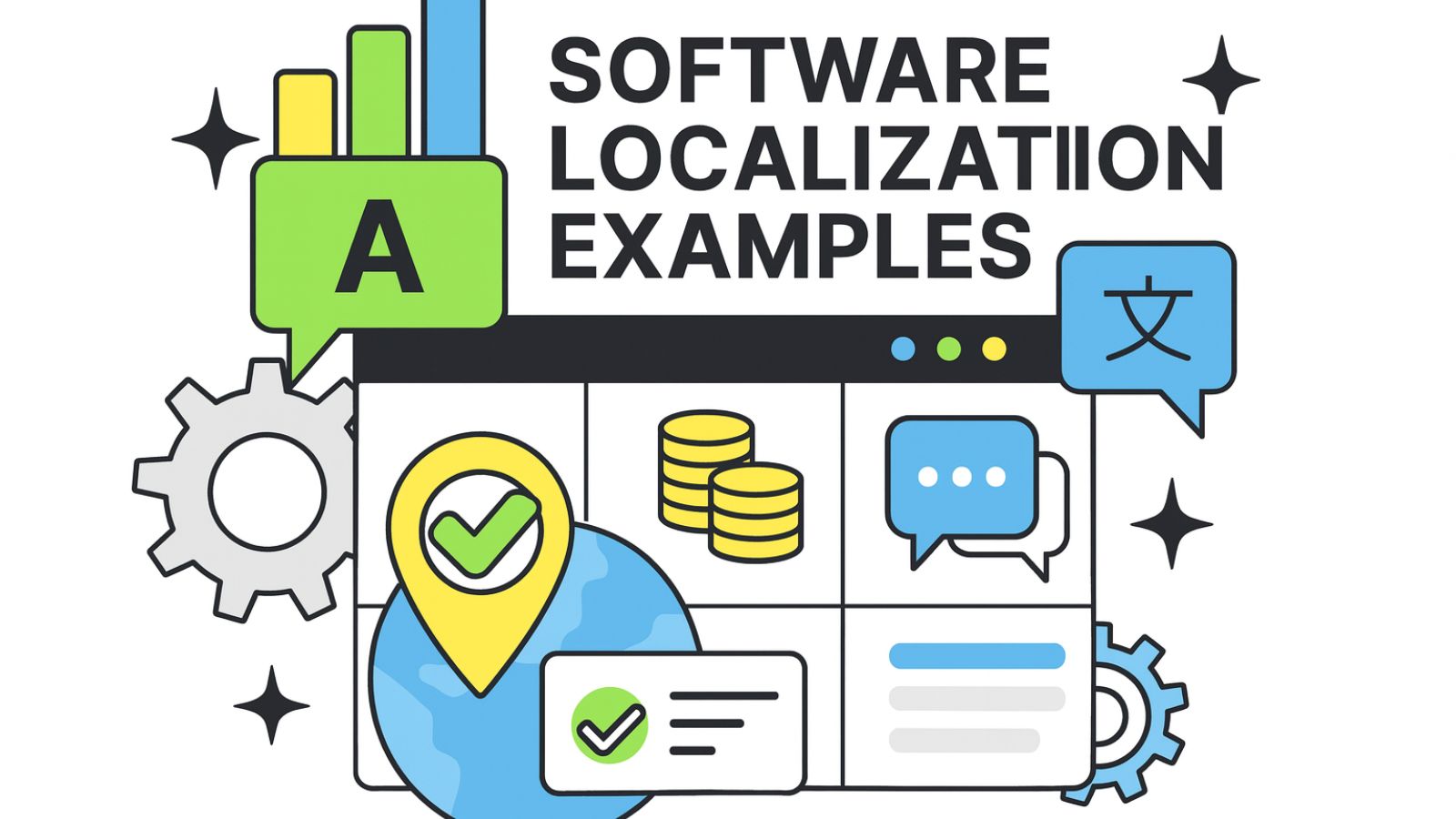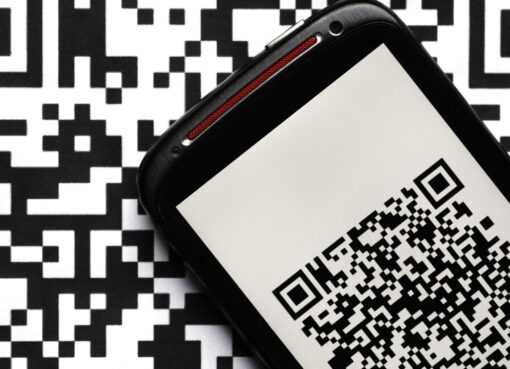Software Localization Examples: How Global Products Connect with Users

Expanding software beyond its home market is not just a matter of translation – it’s about cultural, technical, and user experience adaptation. Companies that succeed globally invest in software localization to make their apps, platforms, and services feel natural to users in every region. In this article, we’ll explore practical software localization examples, analyze the process, outline key aspects, and answer common questions about implementing localization at scale.
Why Software Localization Matters
When software enters a new market, users expect it to function as if it were designed locally. This includes the language interface, but also extends to currency formats, payment systems, date/time representation, right-to-left (RTL) support, and even iconography. Poorly localized software often feels foreign, creating frustration and reducing adoption. On the other hand, thoughtful localization drives user trust, boosts engagement, and opens new revenue streams.
Process of Software Localization
The localization journey is typically structured in the following phases:
- Internationalization (i18n) Preparation
- Code is structured to support multiple languages and formats.
- Avoids hardcoding strings; instead, text is stored in resource files.
- Translation & Linguistic Review
- Professional translators adapt interface text, error messages, and support materials.
- Context matters: the same word may differ depending on the UI element.
- Cultural Adaptation
- Colors, images, and metaphors are modified to avoid cultural misunderstandings.
- Icons (like a mailbox or calendar) may be redesigned for local recognition.
- Technical Adaptation
- Time zones, currencies, measurement systems, and legal disclaimers are updated.
- Software must handle RTL scripts like Arabic or Hebrew.
- Quality Assurance (QA) Testing
- Linguistic testing ensures translations are accurate and natural.
- Functional testing checks for issues like text truncation or UI misalignment.
- Ongoing Updates
- Continuous localization (cLoc) pipelines integrate updates into agile workflows.
- Tools like Crowdin, Lokalise, or Smartling streamline automation.
Key Aspects of Localization
Successful localization requires more than translating words. The key aspects include:
- User Interface (UI) Adaptation: Text expansion can break layouts. German strings often run 30% longer than English.
- Cultural Sensitivity: Colors like white may symbolize purity in the West but mourning in East Asia.
- Legal Compliance: GDPR compliance in Europe or CCPA in California demands region-specific disclaimers.
- Payment Systems: Offering PayPal, Alipay, or cash-on-delivery depending on user expectations.
- Performance Optimization: Some markets have slower internet speeds; software must be optimized for lightweight use.
- SEO & App Store Optimization (ASO): Keywords and app metadata should be localized to increase visibility.
- Support & Documentation: Help articles, chatbots, and customer support channels must be localized to reduce friction.
Best Practices Learned from Software Localization Examples
- Design with Internationalization First: Prevent expensive rework later.
- Use Translation Memory & Glossaries: Maintain consistency across versions.
- Collaborate Across Teams: Developers, designers, marketers, and linguists must work together.
- Automate Where Possible: Continuous integration with localization tools reduces delays.
- Collect User Feedback: Real users can highlight issues missed in QA.
Common Mistakes in Localization
- Ignoring text expansion, leading to broken UIs.
- Using machine translation without human review.
- Forgetting date/time or measurement formats.
- Overlooking legal disclaimers required in certain regions.
- Treating localization as a one-time project rather than an ongoing process.
Case Study: Localizing a Mobile Banking App
A U.S.-based fintech expanded into the Middle East. Key localization steps included:
- Adding Arabic support with right-to-left text alignment.
- Integrating local KYC (Know Your Customer) compliance requirements.
- Supporting the Hijri calendar alongside Gregorian.
- Offering biometric login aligned with regional privacy laws.
Result: 45% faster adoption rate in new markets compared to the non-localized beta.
Real-World Software Localization Examples
To better understand how localization works, let’s review notable cases where companies adapted their software successfully.
1. Microsoft Office
Microsoft Office supports over 100 languages, adapting not only text but also default templates, help resources, and keyboard shortcuts. For instance, Excel functions are translated into local equivalents, making them intuitive for non-English speakers.
2. Netflix
Netflix tailors its platform for different regions by localizing not only the interface but also subtitles, dubbing, and even search algorithms. In Japan, anime metadata and categorization are localized to match local viewing habits.
3. Airbnb
Airbnb adapts listings, filters, and payment options depending on the market. In China, it integrated with Alipay and WeChat Pay, while in Europe, local tax requirements are reflected in the checkout process.
4. Slack
Slack supports multilingual interfaces and adjusts onboarding experiences to reflect cultural expectations. In Japan, where teamwork is highly structured, Slack’s tutorials highlight features like threaded conversations and integrations that align with hierarchical communication.
5. Spotify
Spotify not only translates content but also curates localized playlists. In Latin America, regional genres like reggaeton and cumbia are prominently featured, enhancing user connection.
6. eCommerce Platforms (eBay, Amazon)
Amazon localizes product descriptions, currencies, units of measurement, and compliance features. For example, “size charts” are adjusted for U.S., European, and Asian standards.
7. Video Games
Games like “The Witcher” or “Final Fantasy” are prime examples of localization beyond text: characters’ jokes, cultural references, and voice acting are reworked for different audiences.
FAQs
What is the difference between translation and localization?
Translation converts words into another language. Localization adapts the entire experience, including culture, design, and compliance.
How long does software localization take?
Small apps may take weeks; enterprise platforms with 50+ languages can require months of ongoing work.
Which tools are best for software localization?
Popular options include Crowdin, Smartling, Transifex, and Lokalise, depending on integration needs.
Can AI replace human localization?
AI speeds up translation but human oversight ensures cultural and contextual accuracy.
What industries benefit most from localization?
SaaS, eCommerce, gaming, fintech, education tech, and streaming platforms see the highest ROI.
Conclusion
The most successful software localization examples – from Netflix and Spotify to Microsoft and Airbnb – prove that entering global markets requires more than language translation. It is about creating experiences that feel native, legally compliant, and user-friendly in every target region. Companies that prioritize localization from the start not only expand their reach but also foster deeper trust and engagement with their audiences worldwide.



